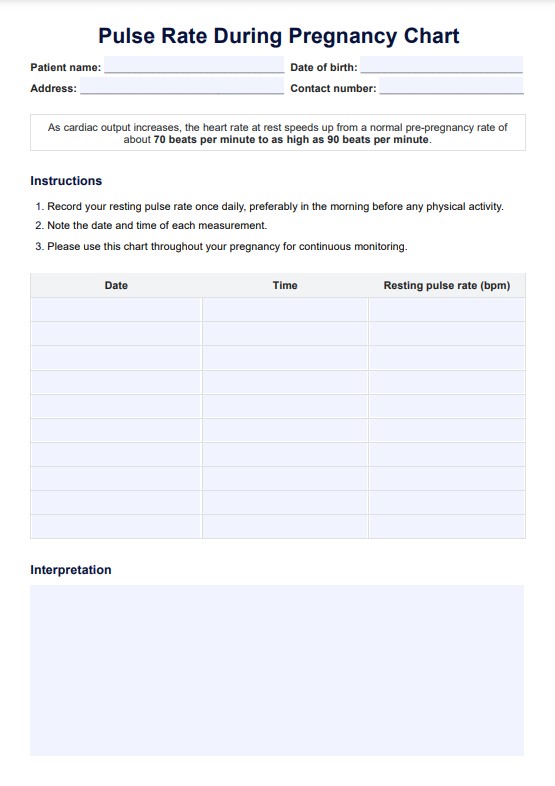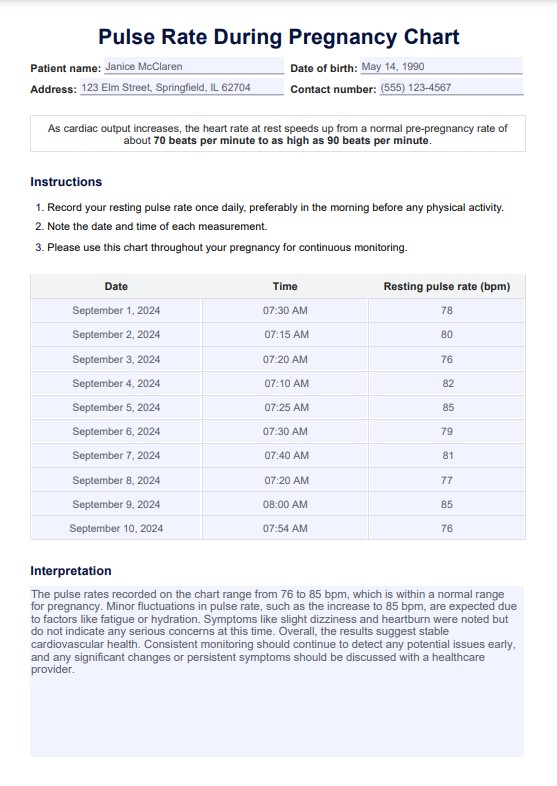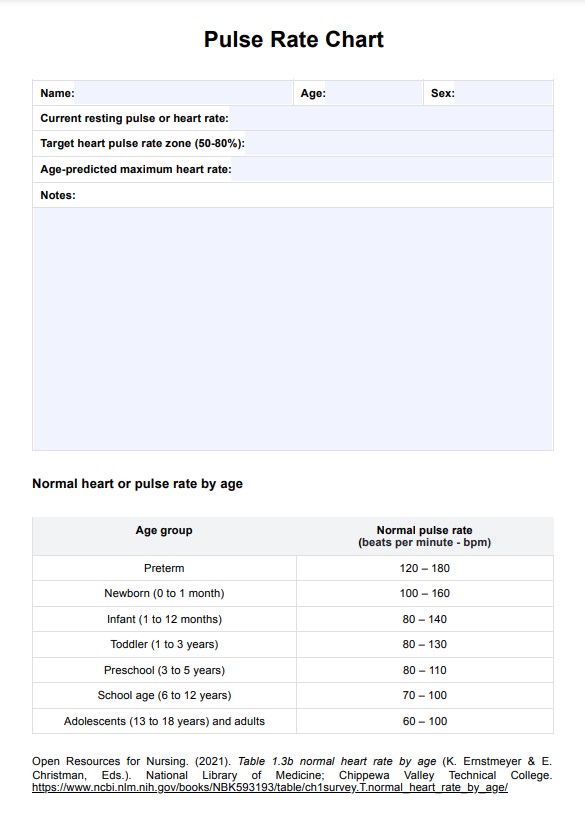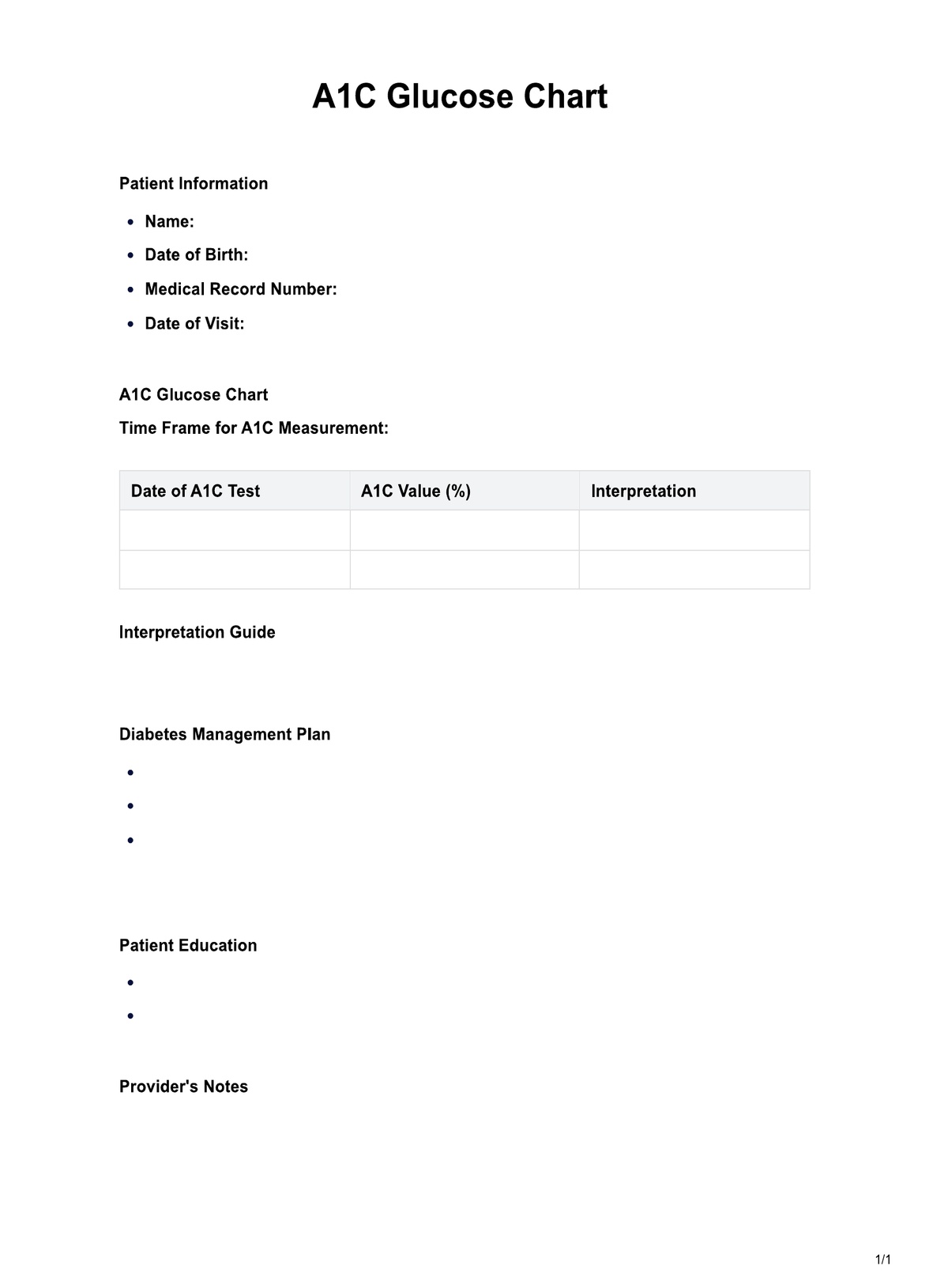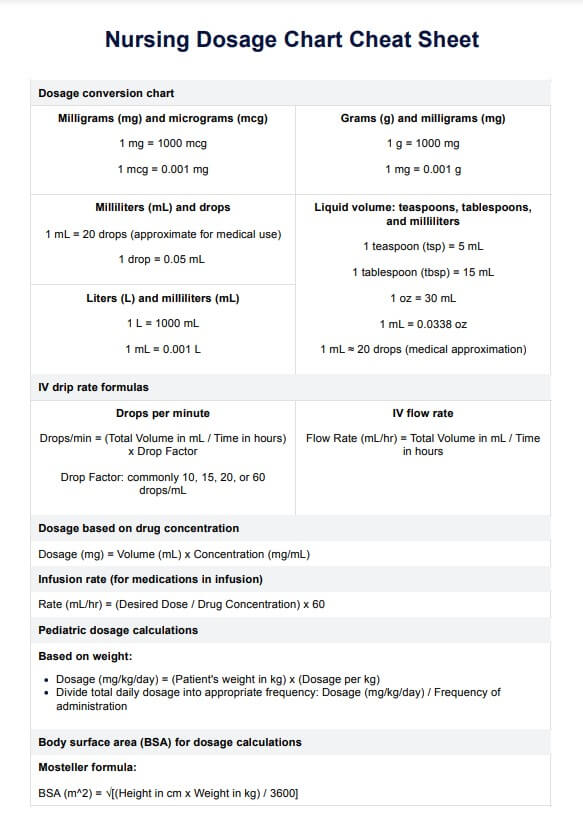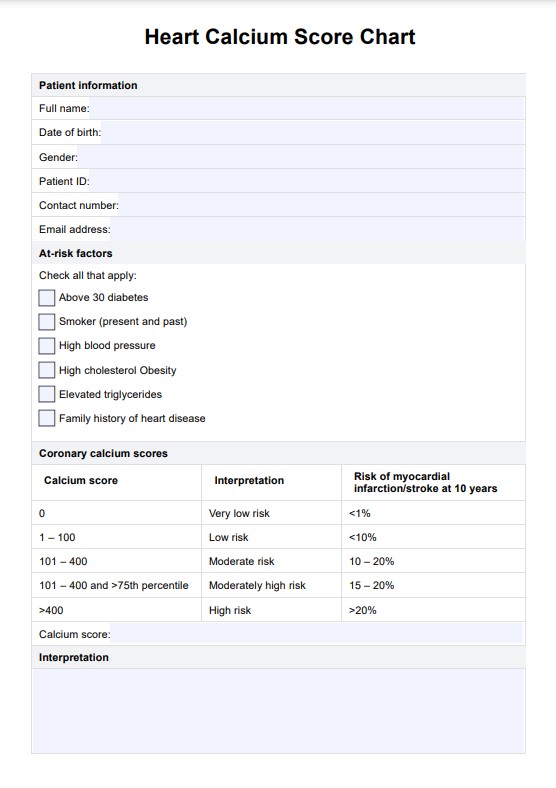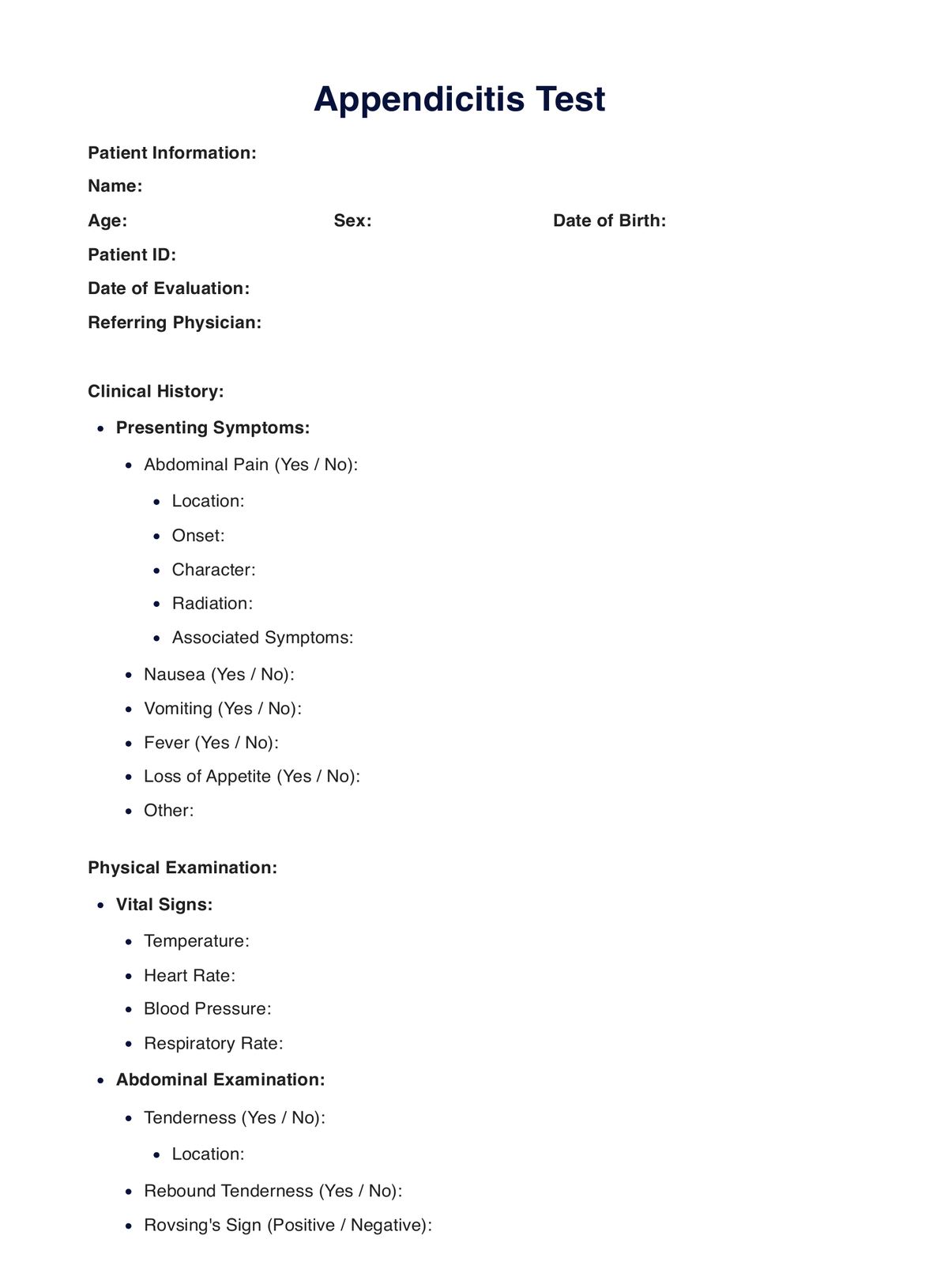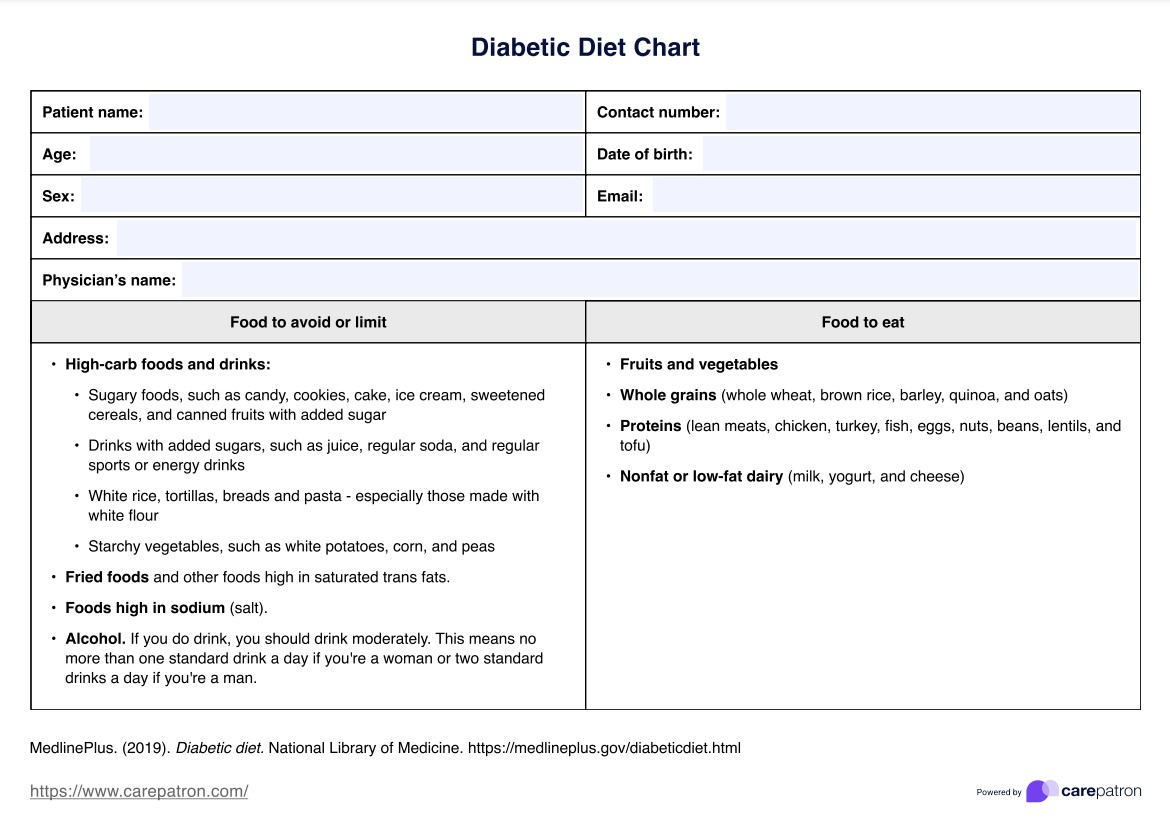Pulse Rate During Pregnancy
Optimize maternal health with our Pulse Rate During Pregnancy Chart. Track daily pulse rates seamlessly, ensuring a healthy pregnancy journey.


What is a Pulse Rate During Pregnancy Chart?
A Pulse Rate During Pregnancy Chart is a monitoring tool that healthcare practitioners use to track the heart rate of pregnant patients during pregnancy. It is essential in assessing cardiovascular health, providing insights that can guide management during normal pregnancies, and identifying potential complications such as high blood pressure and gestational hypertension. This chart helps distinguish between typical heart rate fluctuations and abnormalities that may indicate conditions like heart disease.
Heart rate and blood pressure are closely monitored during pregnancy as the body undergoes significant changes to support fetal development. In normal pregnancies, the heart rate increases to pump more blood to meet the demands of the growing fetus. However, an elevated heart rate combined with high blood pressure could signal gestational hypertension, which requires prompt management to prevent adverse outcomes.
Using the Pulse Rate During Pregnancy Chart during regular prenatal checkups or diagnostic tests allows for early detection of issues, ensuring timely interventions. By documenting heart rate and blood pressure readings at each prenatal appointment, healthcare providers can track trends and adjust care plans as needed. This proactive approach helps safeguard maternal and fetal health, highlighting the importance of routine monitoring in maintaining a healthy pregnancy journey.
Pulse Rate During Pregnancy Template
Pulse Rate During Pregnancy Example
How does the Pulse Rate During Pregnancy Chart work?
Using a printable Pulse Rate During Pregnancy Chart involves a straightforward process to monitor and track a pregnant woman's heart rate throughout different stages of pregnancy. The template contains a guide for the normal pulse rate range depending on each semester. Here are the steps involved:
Step 1: Access the template in Carepatron
Log in to Carepatron, navigate to the templates section, or download the chart from this page. This chart helps monitor the pregnant patient’s resting pulse rate, especially during early pregnancy.
Step 2: Complete patient information
At the top of the chart, fill in the patient’s name, date of birth, address, and contact number. Accurate patient information ensures personalized monitoring and assists in tracking changes that could indicate conditions like rapid fetal heart rate or chest pain.
Step 3: Record resting pulse rate
Instruct patients to record their resting pulse rate daily, ideally in the morning before any physical activity. This baseline reading can reveal trends related to the normal heart rate and helps evaluate how the heart is working to pump blood through the body’s blood vessels.
Step 4: Document date and time
Enter the date and time next to the pulse rate for each reading. Consistent documentation is crucial for assessing changes, particularly as the pregnancy progresses into the third trimester when the cardiovascular system undergoes significant adaptations.
Step 5: Add notes and review with healthcare provider
Encourage patients to include any additional notes, such as experiencing chest pain, increased heart rate, or changes in activity levels that may impact their readings. The healthcare provider should review and sign the chart regularly to ensure the data reflects a healthy or concerning trend in the pulse rate and overall health of both the mother and fetus.
When would you use this chart?
During the utilization systematic review of this chart, the Pulse Rate During Pregnancy Chart is particularly relevant in the following situations:
- Routine monitoring: Pregnant individuals can use the chart to self-monitor their pulse rates. Regular tracking allows them to observe patterns and identify unusual fluctuations warranting attention.
- Prenatal care appointments: Healthcare practitioners, including obstetricians, midwives, and nurses, can incorporate the chart during prenatal appointments. This allows them to track changes in the patient's heart rate over time, providing additional insights into cardiovascular health.
- Identification of abnormalities: The chart becomes especially useful in identifying abnormalities or deviations from the expected range. If a pregnant woman consistently experiences a high or low pulse rate outside the usual parameters, healthcare providers can investigate potential underlying issues.
- High-risk pregnancies: For pregnancies classified as high-risk, monitoring the pulse rate becomes even more crucial. Conditions such as preeclampsia or gestational diabetes may impact cardiovascular health, and the chart helps in early detection and management.
- Pre-existing cardiovascular conditions: Pregnant individuals with pre-existing cardiovascular conditions, such as hypertension or arrhythmias, can use the chart to track changes and ensure their heart rate remains within safe limits during pregnancy.
- Customized care plans: Healthcare providers can use the information gathered from the chart to tailor personalized care plans. This customization is significant as each pregnancy is unique, and individualized monitoring enhances the quality of prenatal care.
- Communication and education: The chart facilitates communication between pregnant individuals and healthcare providers. It can serve as a visual aid to educate patients about the significance of pulse rate in pregnancy and empower them to participate actively in their healthcare. pregnancy journey
What do the results mean?
Interpreting the results of this chart involves understanding the normal range of pulse rates for pregnant individuals and recognizing the potential implications of readings outside this range. Here's a list of results from monitoring the pulse rate during pregnancy and their meanings:
- Normal pulse rate (70-90 bpm): Indicates healthy cardiovascular function, efficiently supporting the mother and fetus. Consistent normal rates reflect stable heart health.
- Increased pulse rate (>100 bpm): This might be common in pregnancy due to increased blood demand, especially in the third trimester. However, significant increases may indicate dehydration, anemia, or cardiovascular issues.
- Decreased pulse rate (<60 bpm): Known as bradycardia, this may be normal in fit individuals but could also suggest heart disease or metabolic disorders requiring further evaluation.
- Irregular pulse rate (arrhythmia): Inconsistent rhythms can signal electrical heart disturbances needing medical attention, potentially affecting maternal and fetal health.
- Tachycardia (sustained >100 bpm): Persistent elevated rates may indicate thyroid issues, infections, or other cardiovascular conditions needing close monitoring.
- Sudden changes in pulse rate: Sudden spikes or drops in pulse rate could suggest stress, dehydration, or more serious conditions like preeclampsia, warranting immediate review.
- Normal recovery rate: A quick return to resting rates after activity suggests good heart function; slow recovery may indicate inefficiency needing attention.
These insights help healthcare providers detect potential risks and maintain maternal and fetal well-being during pregnancy.
Research & evidence
Monitoring pulse rate and blood during pregnancy is integral to understanding the cardiovascular shifts expectant mothers undergo (Sanghavi & Rutherford, 2014). As blood volume escalates and the heart intensifies efforts to supply oxygen and nutrients to the mother and fetus, physiological adaptations materialize as discernible changes in the pulse rate (Bossung et al., 2023).
Guidelines from respected entities such as the American College of Obstetricians and Gynecologists (ACOG) and the World Health Organization (WHO) underscore the imperative nature of routine assessments, including pulse rate and blood pressure measurement, as integral components of comprehensive prenatal care (American Pregnancy Association, 2023).
Pregnant women are encouraged to heed the guidance of their healthcare providers, who adeptly employ various tools, including pulse rate monitoring, to holistically assess and manage maternal health throughout the pregnancy (Savani, 2023).
References
American Pregnancy Association. (2023, September 20). Early fetal development. https://americanpregnancy.org/healthy-pregnancy/pregnancy-health-wellness/early-fetal-development/
Bossung, V., Singer, A., Ratz, T., Rothenbühler, M., Leeners, B., & Kimmich, N. (2023). Changes in heart rate, heart rate variability, breathing rate, and skin temperature throughout pregnancy and the impact of emotions—A longitudinal evaluation using a sensor bracelet. Sensors, 23(14), 6620. https://doi.org/10.3390/s23146620
Sanghavi, M., & Rutherford, J. D. (2014). Cardiovascular physiology of pregnancy. Circulation, 130(12), 1003–1008. https://doi.org/10.1161/circulationaha.114.009029
Savani, M. (2023, July 5). Normal pulse rate for pregnant women. Bodywise. https://bebodywise.com/blog/normal-pulse-rate-during-pregnancy/
Commonly asked questions
Obstetricians, midwives, and maternal-fetal specialists typically request a Pulse Rate During Pregnancy Chart to monitor heart rate during pregnancy. These charts help track the resting heart rate of pregnant people, identify abnormal heart rates, and ensure maternal and baby health is maintained throughout the pregnancy.
This chart is used throughout pregnancy, especially during regular prenatal checkups and fetal heart rate monitoring to ensure a normal fetal heart rate. It is critical in the third trimester, when the heart rate increases, to support the baby’s growth, helping detect any abnormal patterns that could indicate health risks.
Pregnant people record their resting heart rate daily using the chart. Healthcare providers review these records during prenatal appointments to track trends and identify any abnormal heart rate increases. This monitoring helps detect potential issues early, allowing for timely interventions to safeguard the baby's health.


